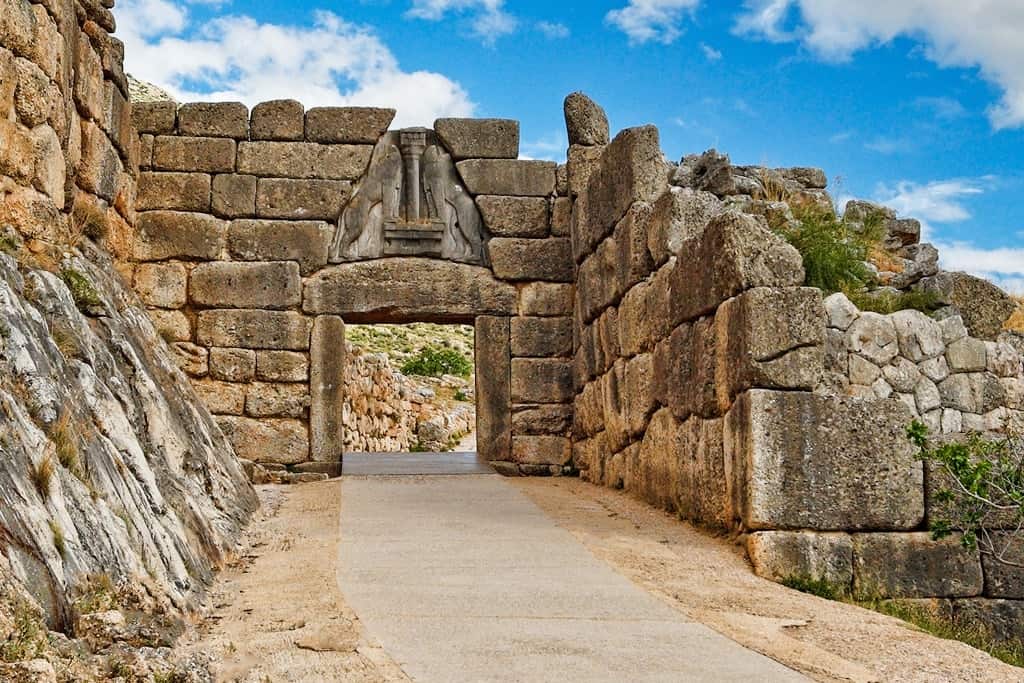Mycenae is an ancient fortified citadel featuring 9 ‘beehive tombs’ (tholos tombs) located in the northeast Peloponnese. It was the center of the powerful Mycenaean civilization that dominated mainland Greece, its islands, and the shores of Asia Minor for 4 centuries. Easily reached on a day trip from Athens, it is a UNESCO World Heritage site and one of the most important archaeological sites in Greece.
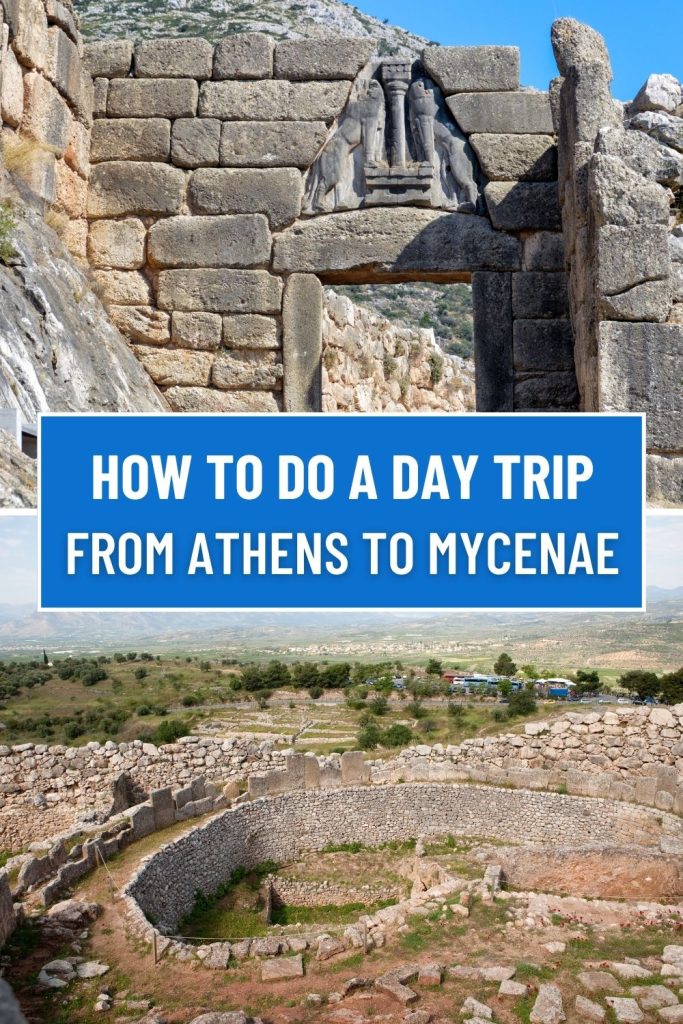
Disclaimer: This post contains an affiliate link. This means that should you click on certain links, and then subsequently purchase a product, I will receive a small commission.
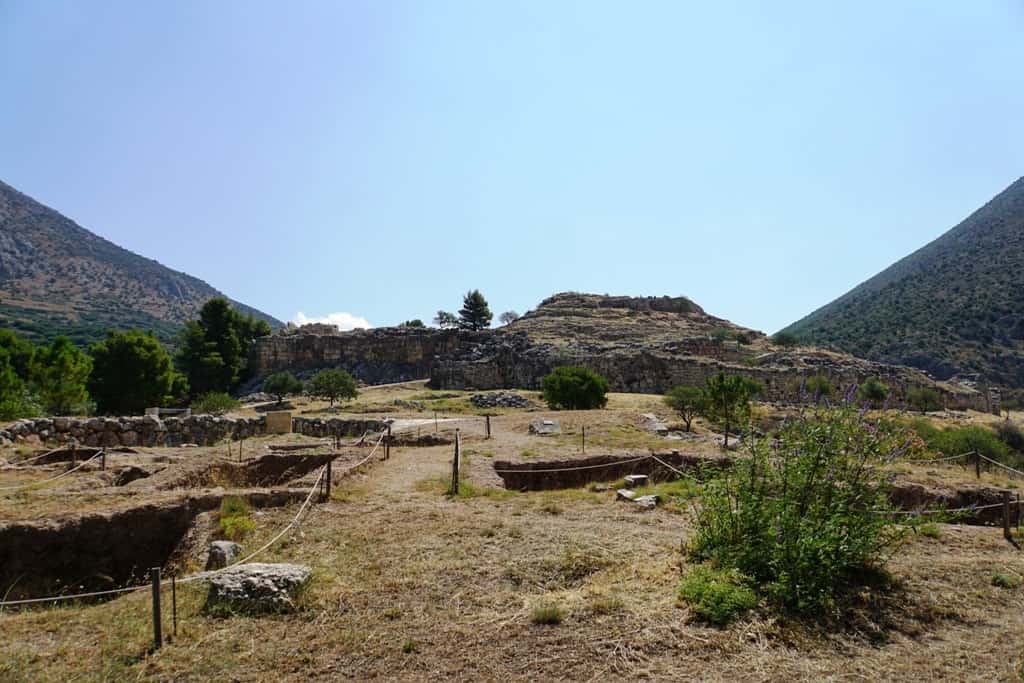
How to do a day trip from Athens to Mycenae
How to get from Athens to Mycenae
Rent a Car
Make your own way to Mycenae so that you can decide when you depart, where to stop en route, and how long to spend at the archeological site.
Mycenae is located 116.5km from Athens on the new and well-maintained highway (signposts in Greek and English – head towards Nafplion until you see signs to Mycenae) so you can expect a comfortable drive time of about 1 hour 25 minutes without stops. I suggest that you make a stop at the Corinth Canal on the way there.
If you are interested in visiting Mycenae by car I recommend booking a car through Discover Cars where you can compare all rental car agencies’ prices, and you can cancel or modify your booking for free. They also guarantee the best price. Click here for more information and to check the latest prices. Nafplio makes a great stop on any Peloponnese road trip itinerary.
Public Bus (Ktel)
Departing Athens approximately every 1.5 hours from 6.15 am onwards, the public bus stops at the village of Fichti which is 3.5km from the archaeological site. Visitors can take a taxi from the village to the site of Mycenae, the bus journey taking approximately 1 hour 45 minutes each way.
Check here for more information.
Guided Tour
Book a full-day guided tour and you’ll not only visit the ruins of Mycenae but the ancient theater of Epidaurus. Plus, en-route to the two archeological sites you’ll stop for photo opportunities at the Corinth Canal, Nauplia which was the first capital of modern Greece, and have the opportunity to learn how the ancient Greeks made their pottery at a pottery factory.
Click here for more information and to book a guided tour,
Brief History of Mycenae
Due to its perfect location, nestled in the fertile plain of Argolis and close proximity to the sea, it could control commerce and became a rich and successful center of power between 1600-1100 BCE, peaking around 1350-1200 BCE to become one of the richest centers of the mainland during the Bronze Age of Greece.
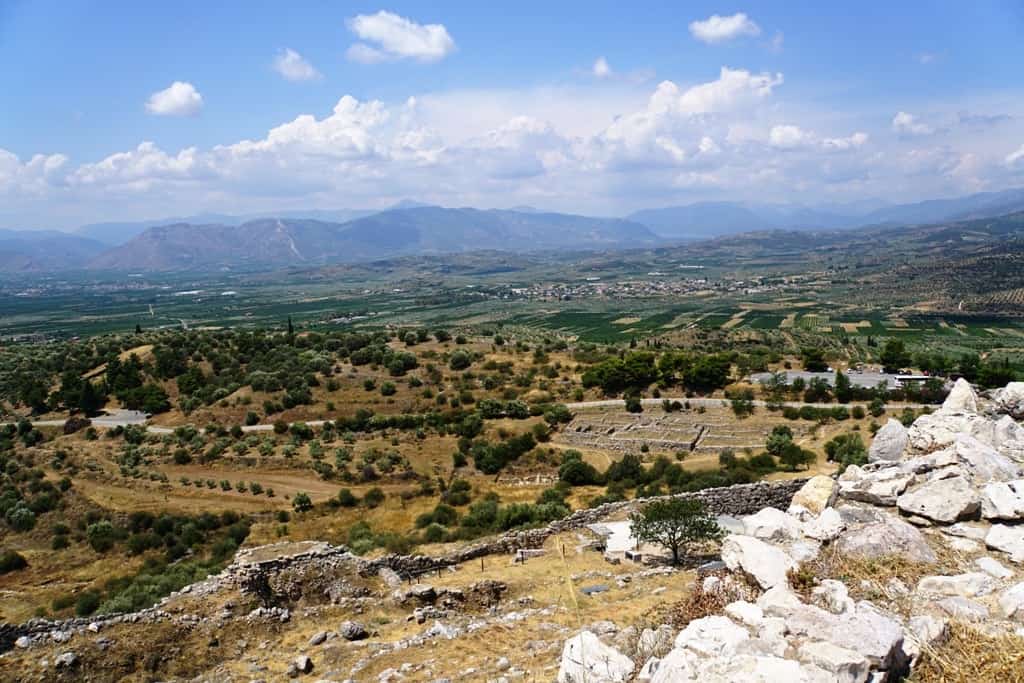
Mycenae existed at the same time as Athens, Sparta, Thebes, Knossos on Crete, and other major kingdoms, the civilization eventually dominated mainland Greece before overpowering the ancient Minoan civilization on Crete and other islands due to taking advantage of the devastating earthquakes and their own strong military power (having both an army and a navy).
Mycenae had a centralized political system with a King at the top and traded greatly with Egypt, the Levant area, Asia Minor, and the whole of the Mediterranean selling oil, animal skins, and ceramics and buying jewelry and raw materials including ivory and tin so that they could manufacture weapons.
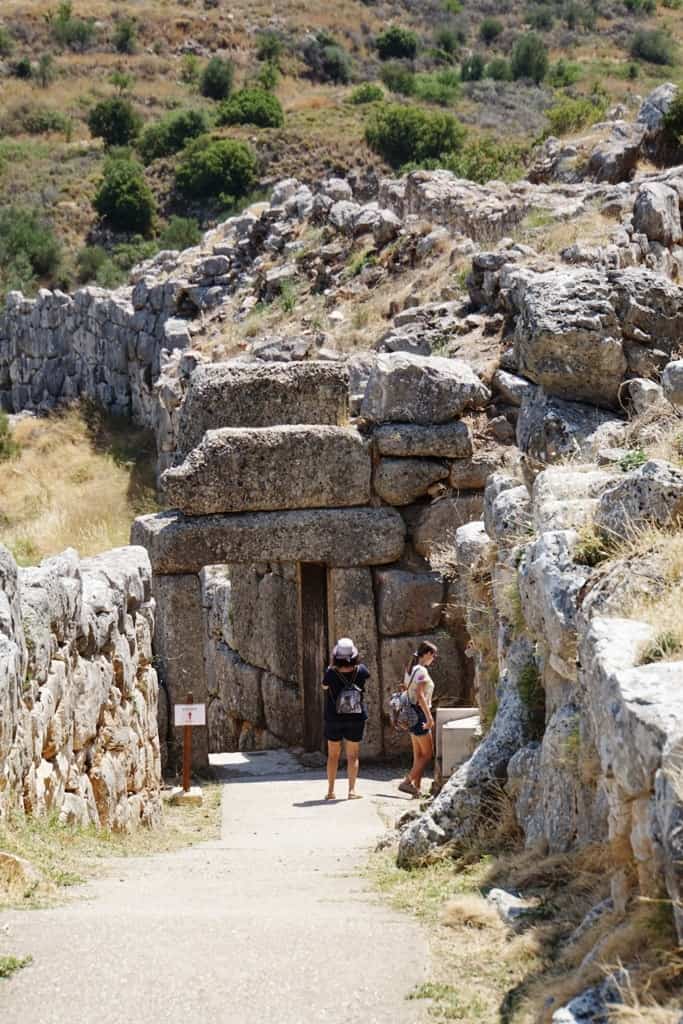
All of the Mycenaean centers with the exception of Athens, came to an abrupt end in the middle of the 11th century BCE falling so far into obliviation that Mycenae was thought to be a mythical city for centuries after.
It was only in the 19th century that Mycenae was rediscovered and excavated but we still don’t know why this mighty civilization ended though several theories exist including internal struggles, Dorian tribes migrating south to take over, and that the Mycenaean civilization becoming the Sea People.
Highlights of Mycenae
Treasury of Atreus
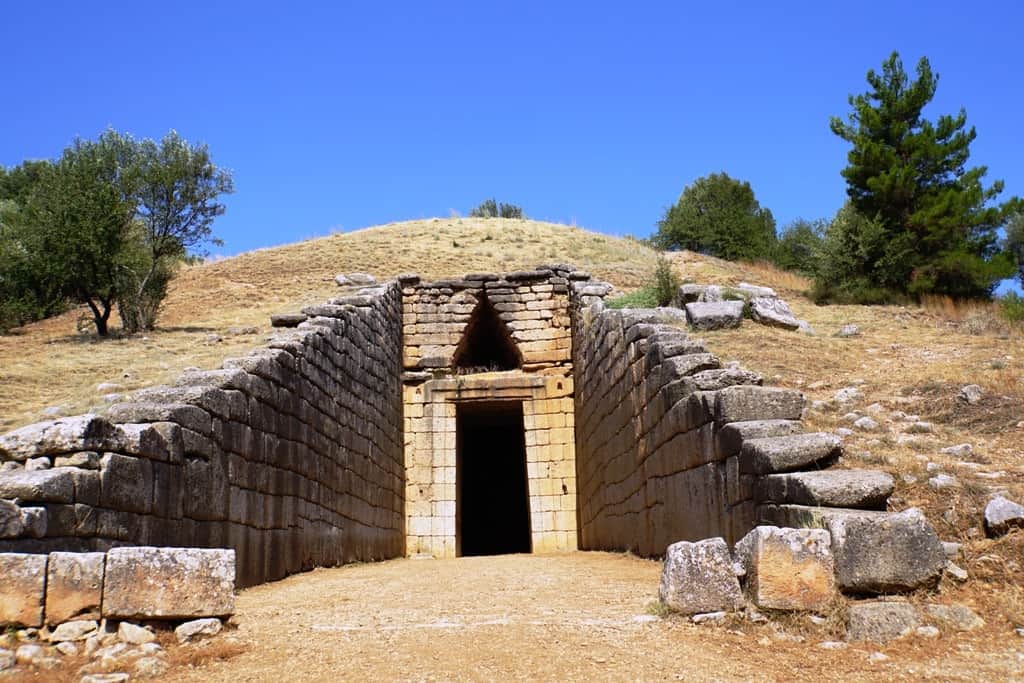
Also known as the Tomb of Agamemnon, this remarkable Bronze Age vaulted tomb known as a beehive tomb (tholos) is located on Panagistsa Hill just outside the main archeological site. Built around 1250 BC, it features the largest door lintel in the world.
Lions’ Gate
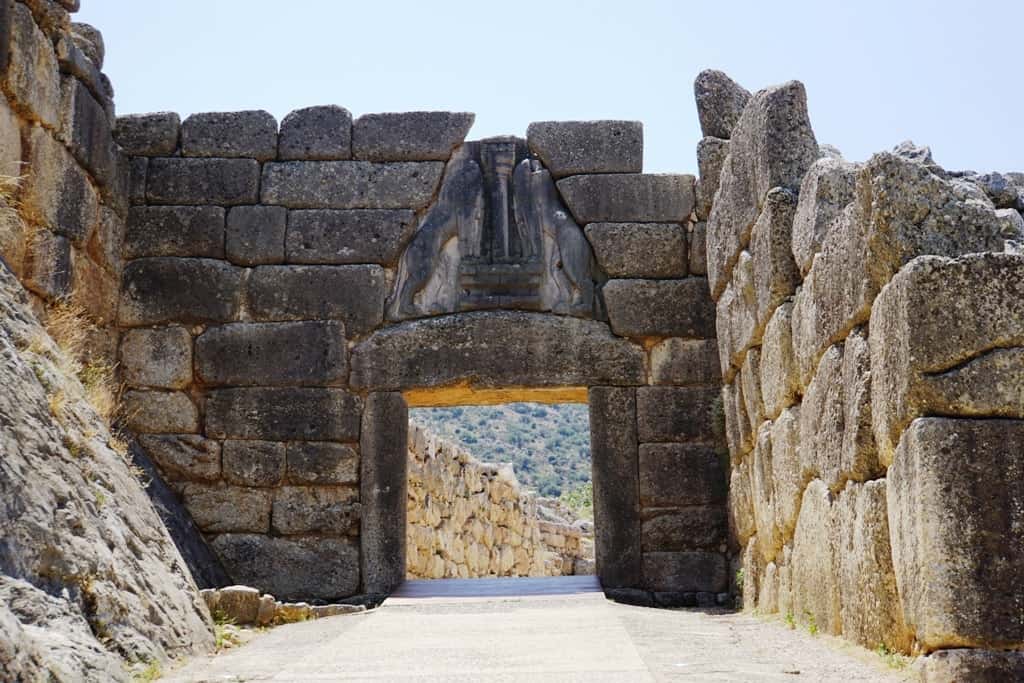
The main entrance of the citadel since the 13th century, the imposing Lion’s Gate, which measures 10 feet wide, gets its name from the 2 relief sculptures of lions that have been carved into the triangular stone above.
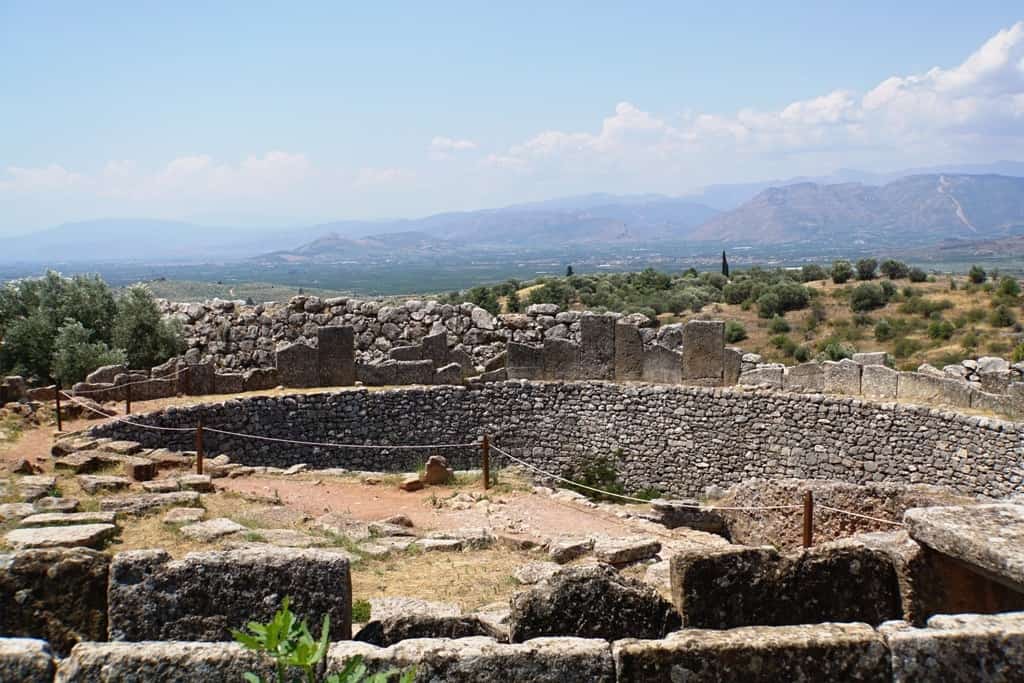
Grave Circle A
The resting place of the 16th-century Mycenaean royalty, Grave Circle A was where a wealth of gold goods were uncovered including death masks, jewelry, and cups, plus silver, bronze, ivory, and amber objects.
Cyclopean Walls
Built from huge limestone boulders, the extraordinary Cyclopean Walls of Mycenae were believed to be built by Cyclops since it was thought impossible that man could move such huge boulders to form a wall.
The Palace of Mycenae
Centrally located on top of the hill with huge terraces on 2 sides of the slopes, very little of what would have been a lavishly decorated palace with grand state rooms arranged around a courtyard exists today with just a modern reconstruction of the terracing to be seen. The uphill hike reveals stunning scenery so is still worth the effort!
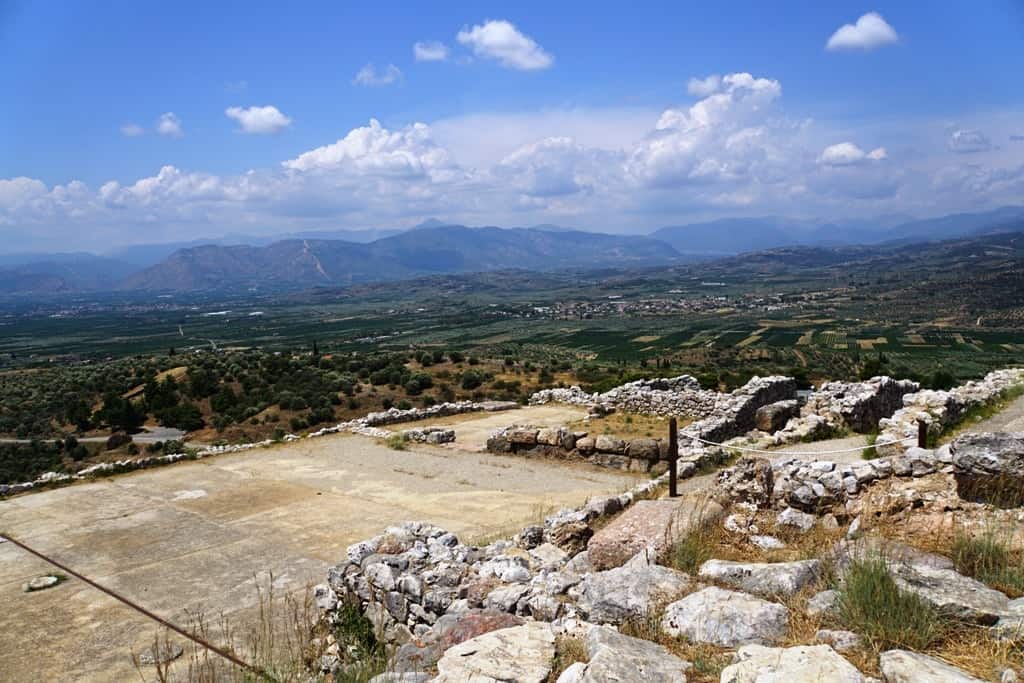
Grave Circle B
Located outside of the citadel walls and pre-dating Grave Circle A by 300 years, Grave Circle B is another royal cemetery (thought to contain the earliest Kings and Queens of Mycenae) consisting of 25 excavated graves with valuable gold, amber, and crystal grave goods.
Tomb of Clytemnestra
Dating back to approximately 1250 BC, this vaulted tomb (tholos) is thought to be for the wife of King Agamemnon (the leader of the Greeks in the Trojan War) due to the gold jewelry found inside.
Lion Tomb
This small Beehive tomb (tholos) is memorable due to the collapse of the dome which enables visitors a wide-open view from above. Thought to date back to 1350BC it contained 3 empty pit graves with inlays of lions found inside.
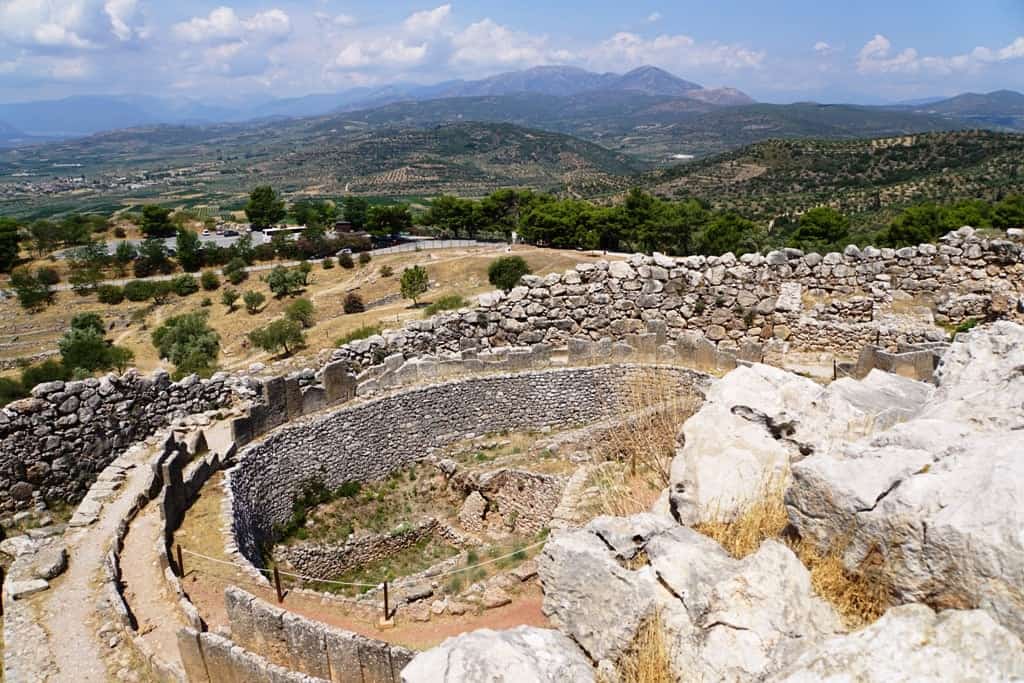
Tomb of Aegisthus
One of the earliest tholos tombs at Mycenae, dating back to 1470 BC, uses smaller stones than the other tholos tombs but has collapsed so it’s not possible to visit inside this excavated tomb.
Museum of Mycenae
The onsite museum contains 4 galleries that help you to understand the context of the excavations of the citadel whilst gazing across the site from the modern building. Though the museum contains many original artifacts including grave goods, weapons, figurines, and frescos, some are replicas due to the most important objects (those from Grave Circle A) being on display at the National Archaeological Museum of Athens.
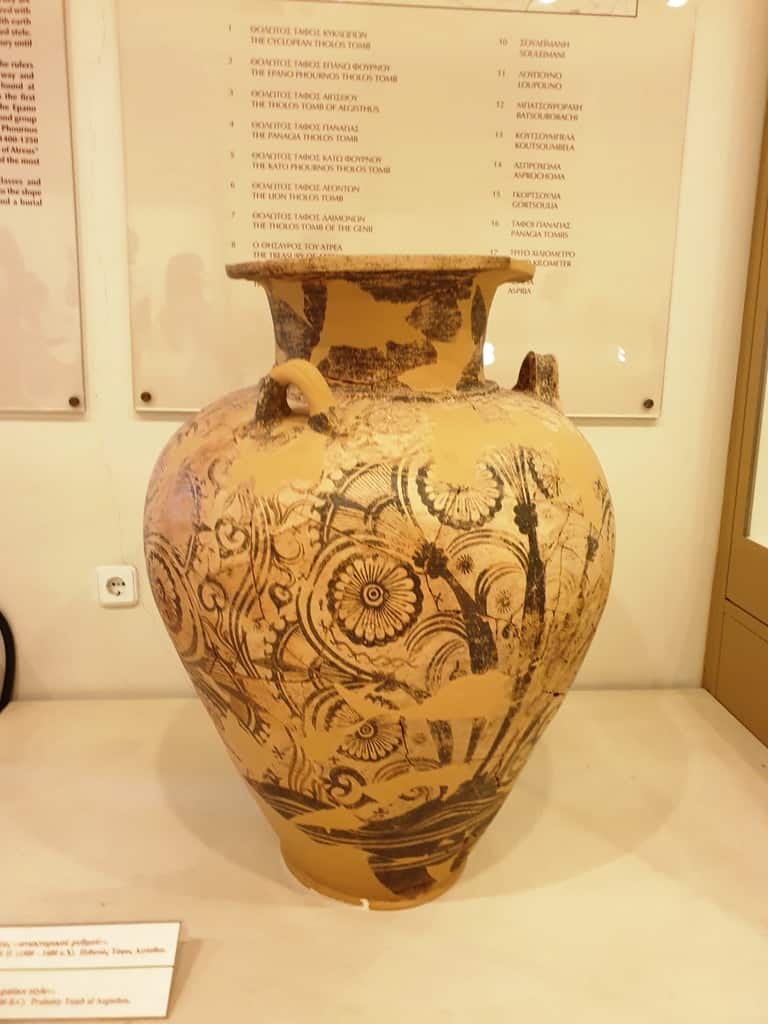
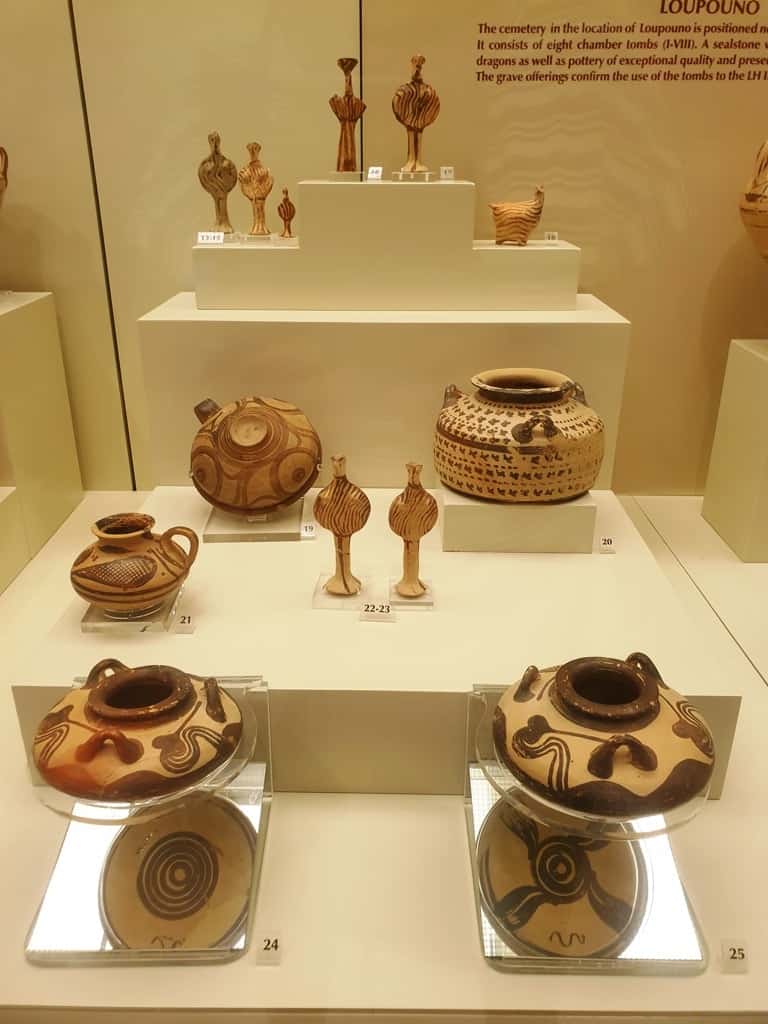
Things to see near Mycenae
If you have the time you should definitely visit the 4th century BC Temple of Asclepius along with the ancient amphitheater. Located in Epidaurus, which is 1 hour’s drive south of Mycenae, the sanctuary was a place of healing that equaled that of Apollo in Delphi and the Sanctuary of Zeus in Olympia.
A sprawling UNESCO World Heritage Site with its temples and hospital buildings devoted to the gods, and iconic amphitheater, it’s certainly a place to add to your bucket list if you love visiting archaeological sites and learning more about Greek and Roman history.
Book this amazing day trip from Athens so that you can explore both sites in one day

